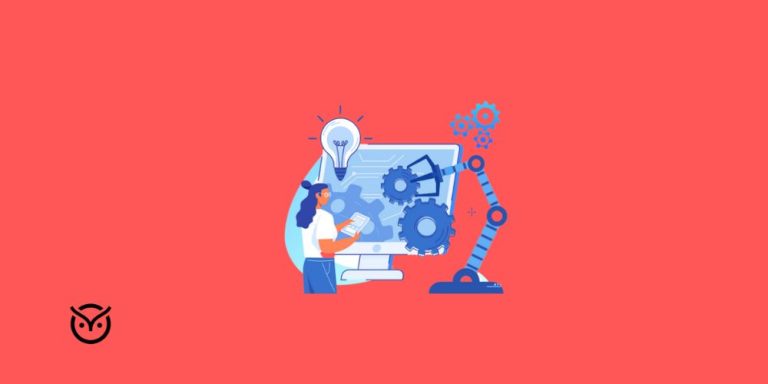Challenges in Implementing Automated Workforce Management Systems
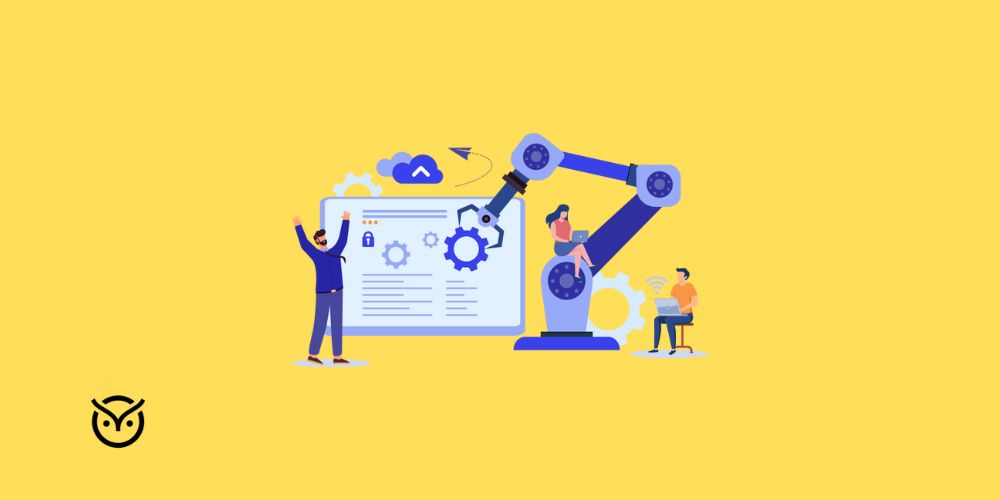
TL;DR
- Automated workforce management boosts efficiency but faces setup hurdles.
- A strong workforce planning system prevents costly errors.
- A clear difference between workforce planning and talent management avoids confusion.
- Fix data, train teams, and manage change early.
- With the right partner, workforce automation empowers people.
Consider this scenario: a mid-sized services business running schedules, absences, and shift adjustments on spreadsheets, with dozens of manual edits each week. Chaos builds, errors creep i,n and managers spend more time firefighting than managing. That’s the problem many companies face when they try to move to an automated workforce management environment.
Here’s the good news: adopting a modern digital workforce management system can resolve many of these issues when done right. In this blog, you’ll learn what such a system is, why organizations are making the move, what common challenges lie in the path and how you can overcome them to make automation work for you.
What Is an Automated Workforce Management System?

A system for automated workforce management is a platform that helps organizations handle tasks like scheduling, shift-planning, time and attendance, resource allocation, and forecasting in a largely automatic way, with minimal manual intervention.
It goes beyond simple time clocks or spreadsheets. It often links to a workforce planning system so you can forecast demand, match capacity and skill, and even model scenarios. A well-designed system might include automated employee onboarding workflows where new hires are configured, paperwork done, training scheduled, and credentials assigned, and all of this with less manual effort.
In essence, an automation workforce tool is meant to free up managers and HR teams from routine work so they can focus on people and performance rather than data entry and corrections.
Build Your Ideal Workflow
Drag to arrange the steps of an automated workforce management process. Then hit “Check order”.
Tip: Keyboard friendly. Focus an item, press Space to pick up, use ↑/↓ to move, press Space to drop.
Nice work
That’s your ideal setup. Real systems like Vettio connect all five under one dashboard.
Why Companies Are Moving Toward Workforce Automation
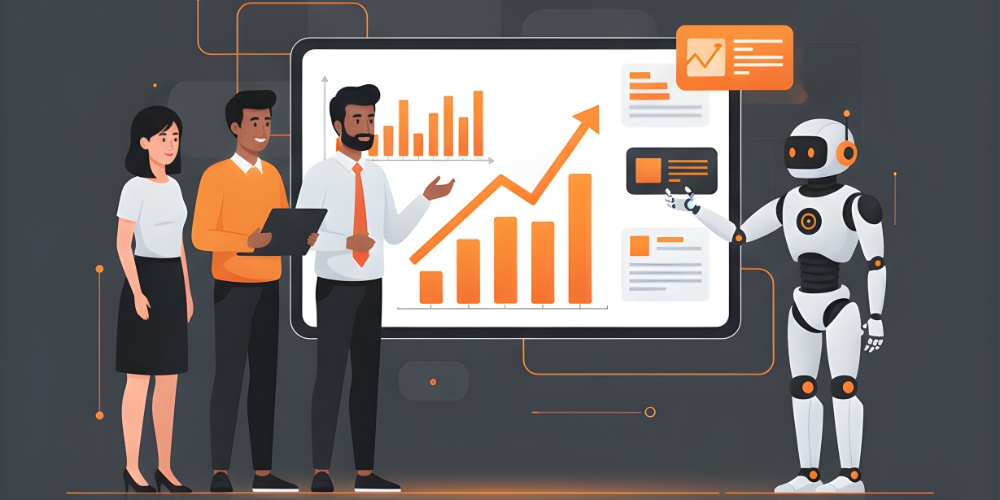
There are some strong drivers behind the shift to workforce automation:
- Efficiency and error reduction: One study shows workflow automation led to error reductions of 37% and data accuracy boosts of 88%.
- Broad adoption momentum: By 2024 about 60% of companies had implemented automation in some way and projections suggest the market will grow strongly.
- Better planning: A modern dynamic workforce planning approach lets organizations adapt faster to changing demand and skill gaps.
- Reduced manual burden: Nearly 65% of knowledge workers say they are less stressed at work due to automation.
- Better alignment of staffing with business goals: According to the factsheet from the Chartered Institute of Personnel and Development (CIPD), workforce planning is about “getting the right number of people with the right skills employed in the right place at the right time”.
Efficiency Meter: Why Companies Move to Workforce Automation
Tap the benefits to fill the meter from Manual Chaos to Smart Efficiency.
Meter complete
“60% of global firms already use automation. You’re catching up fast.”
Common Challenges in Implementing Automated Workforce Systems
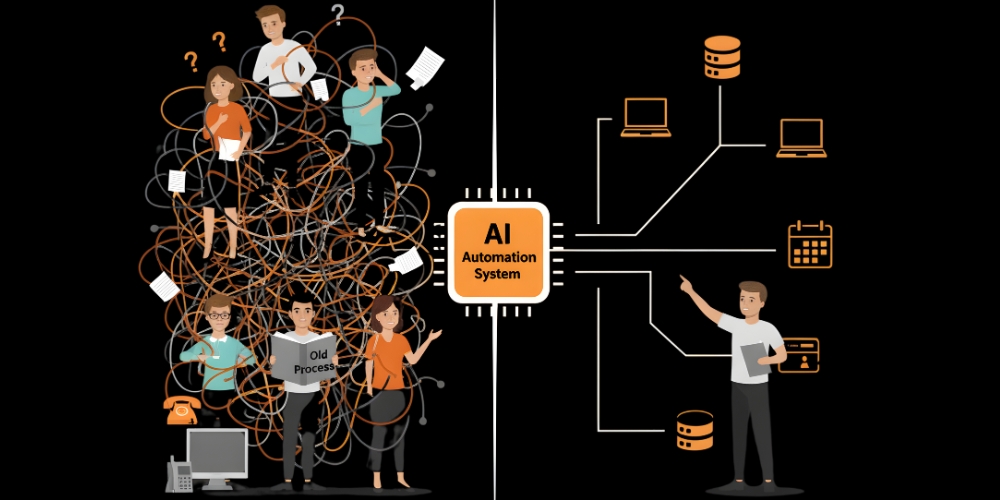
Introducing an automated workforce management solution is not plug-and-play. These are some of the common obstacles many organizations face:
Data quality and integration issues
Moving from legacy spreadsheets or siloed systems means you often face dirty data, inconsistent formats, missing fields, and disconnected systems. Without clean input, an automation system will produce flawed outputs. Integration with payroll, HR, time-attendance, and scheduling is often a headache.
Cultural resistance and change management
Managers and staff used to manual scheduling, shifting preferences, and ad-hoc changes may resist new systems. They may fear that less human oversight means less control. Also, the introduction of automated CV screening or ATS integration (Applicant Tracking System) may trigger push-back from recruiters who feel their roles are threatened.
Unrealistic expectations and scope creep
Some organizations expect instant “automation fixes” but forget that workforce dynamics are complex. Statistics show that only 4% of businesses have fully automated their workflows. Jumping too fast or aiming for too much too soon can lead to frustration and abandonment of the project.
Skill-gap and planning alignment
If an organization lacks a clear difference between workforce planning and talent management, it may deploy the system without aligning it to strategic skills and capacity. Then you run into situations where you have the automation, but you still don’t have the right people or the right direction. Dynamic workforce planning is critical to the success of automation.
Cost, return and ROI uncertainty
Even when systems deliver, building business cases can be tricky. One report found that while 92% of companies plan to increase AI investments over the next three years, only 1% say they are “mature” in deployment. That gap reflects the uncertainty about returns and operational readiness.
Scalability and maintaining flexibility
When systems are rigid, any business change is difficult. New shift patterns, remote work models, and compliance changes can break the automation rules. A workforce planning system that is not built for change limits the benefits of your automation and management strategy.
Common Challenges: Spot the Bottleneck
Read both situations. Click the bigger problem. Get instant feedback on hidden costs.
How to Overcome These Challenges
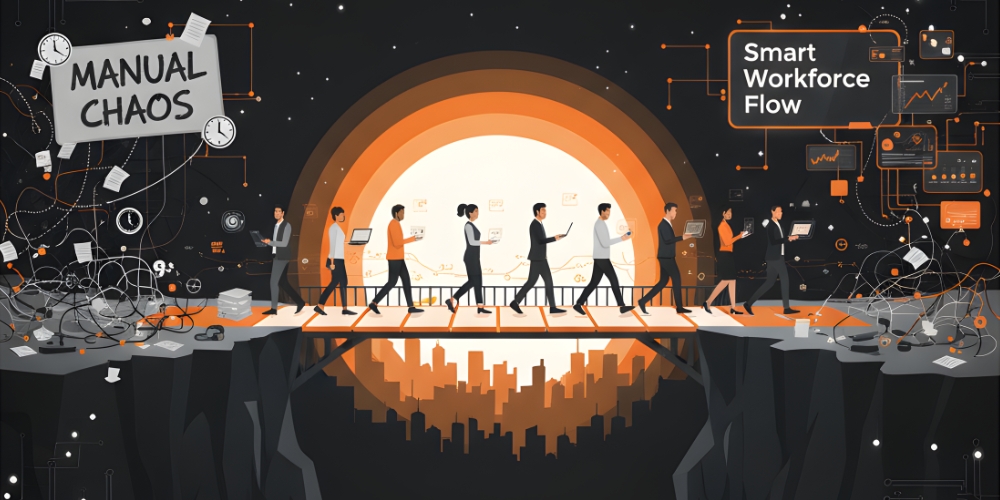
Solving the pain points of automated workforce management is about a better strategy. Let’s look at what works in practice.
Start with a strong foundation
Before implementation, clean up your data. Remove duplicates, fix mismatched fields, and verify all employee records. The system will only be as accurate as what you feed it. It’s also smart to pilot in one department first, learn, then scale.
Build cultural buy-in early
Resistance fades when employees understand why automation helps them. Instead of just announcing a tool, involve them in workshops and demos. Show how automation and management tools make scheduling easier and more predictable. Celebrate early wins so the change feels less like a threat and more like progress.
Align automation with workforce goals
Your automation setup must connect to your workforce planning system. This ensures new tech supports long-term skill development and resourcing goals. Many companies make the mistake of automating for efficiency alone, overlooking the distinction between workforce planning and talent management, which define how you attract, grow and retain talent.
Strengthen governance and flexibility
Create governance rules that define who can change automation settings, who maintains integrations, and how data is audited. At the same time, keep flexibility to adjust to new laws, remote work models, or evolving teams. The best systems support dynamic workforce planning not rigid scripts.
Track results and train continuously
Even after rollout, teams need training. Create internal “automation champions” who guide others. Measure performance monthly, such as tracking attendance accuracy, scheduling time saved, and checking compliance scores. Then improve the system iteratively.
How to Overcome These Challenges: Fix the Flow
Choose the better action at each step. Right picks light the path in orange.
-
Data foundation
-
People readiness
-
System alignment
-
Controls & ownership
-
Rollout strategy
Congrats, you just built a healthy automation loop.
Conclusion
Building a truly effective automated workforce management environment takes planning, patience, and the right partner. Technology alone doesn’t fix scheduling chaos or workforce gaps because it’s the strategy behind it that does.
When your automation links back to business goals, powered by a thoughtful workforce planning system, you get what every company wants: visibility, accuracy, and time back in everyone’s day. The future of the automation workforce is not cold or robotic. It’s human-driven technology that works quietly in the background so people can shine upfront.
FAQs
Quick answers to help you move forward with confidence.
The timeline varies by company size and existing tools. Small teams may go live in a few weeks while larger enterprises might need a phased approach. The key is to test early and expand gradually.
Typical roadblocks include poor data quality, unclear goals, limited IT support and employee resistance. A clear roadmap and open communication usually prevent most of these issues.
AI helps forecast workloads, detect attendance patterns and recommend optimal scheduling. It brings insights that manual planning simply can’t match, allowing teams to make better-informed decisions faster.



